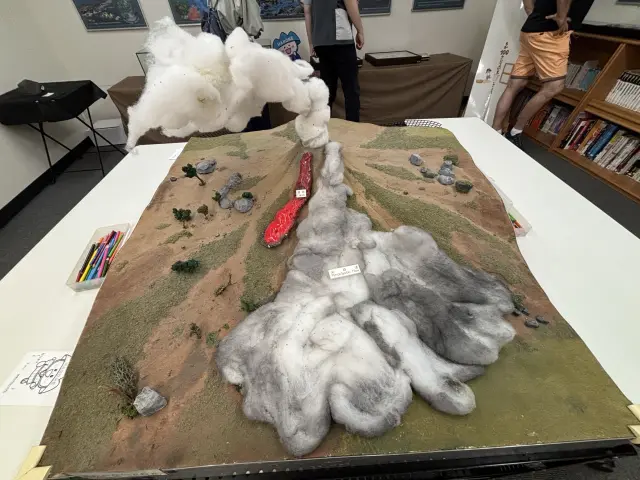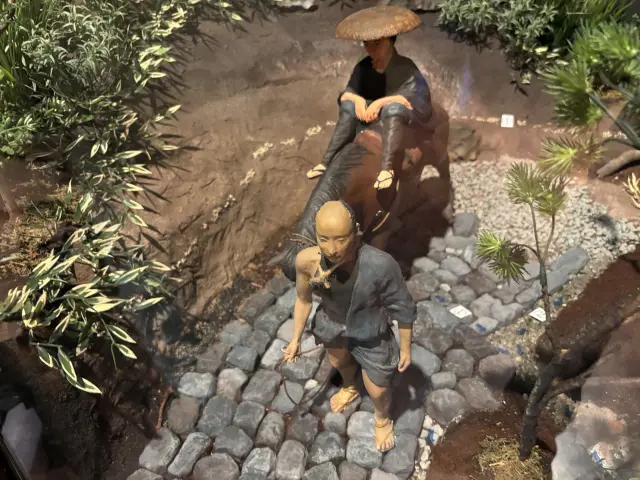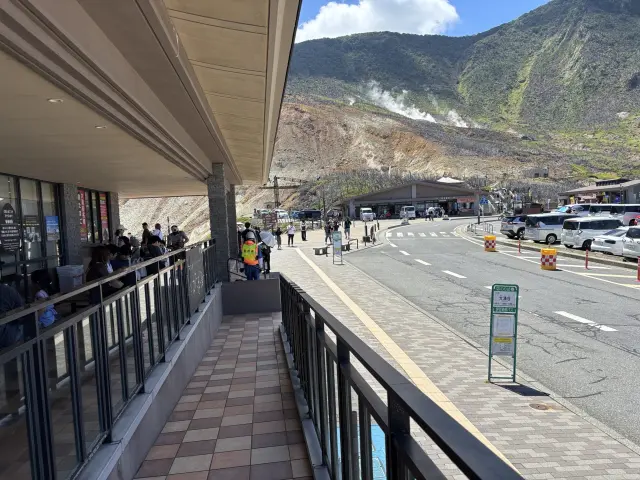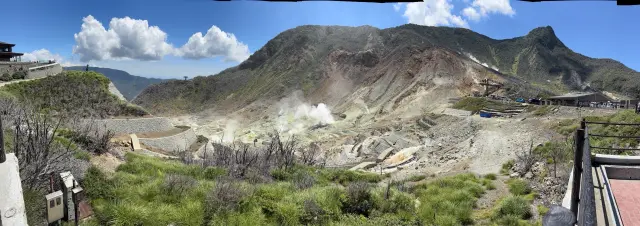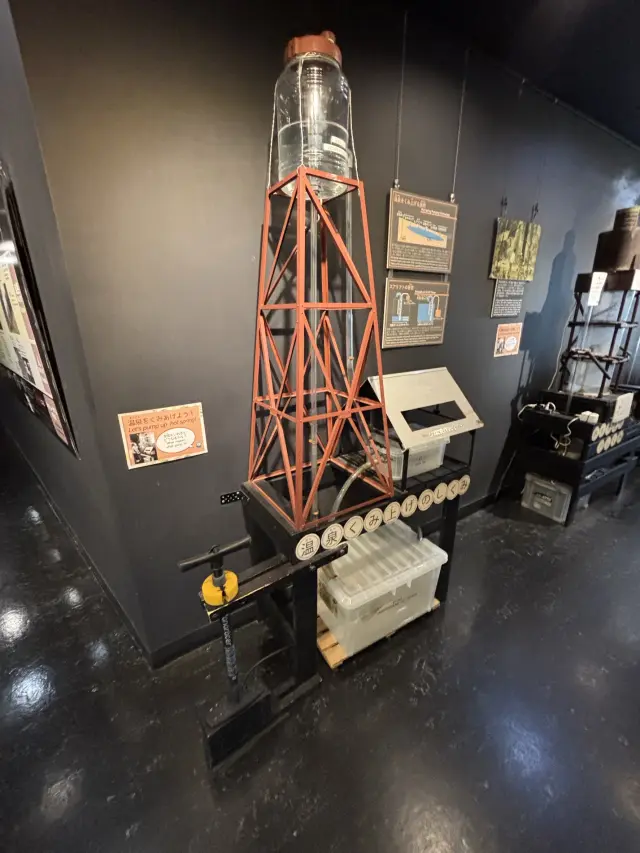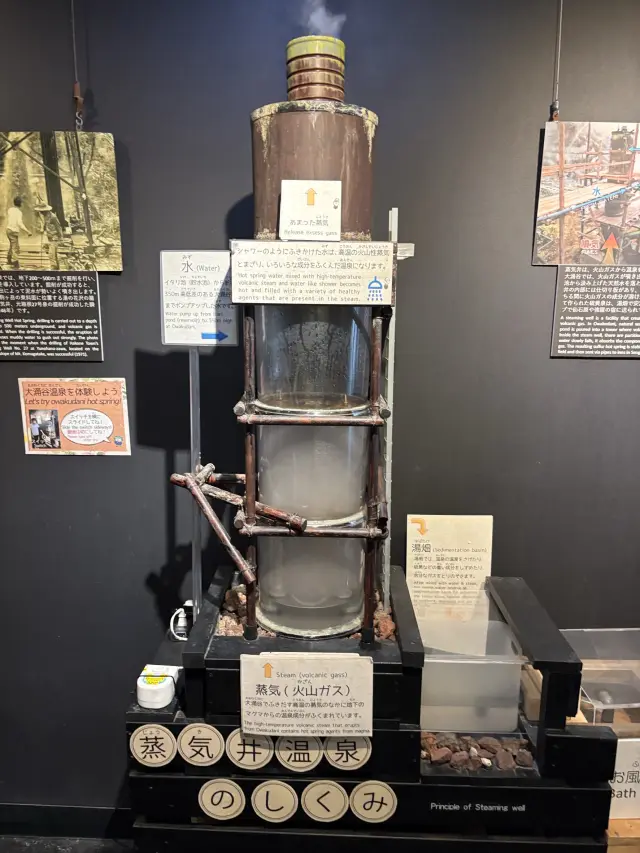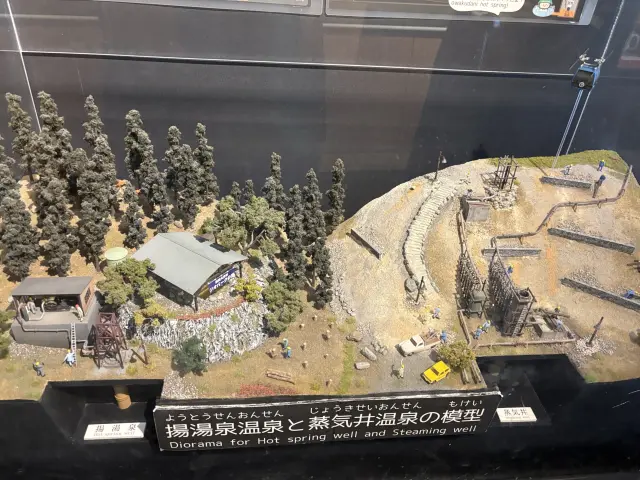After changing from the cable car to the ropeway at Hayamiyama Station on the main route of the Hakone tour, While enjoying an aerial walk for a while the scenery suddenly changes. The lush greenery disappears, and white plumes of smoke billow out from the crumbling, bare rock. This is Owakudani, an explosive crater created by the most recent volcanic activity in Hakone. The white gas spewed from the fumaroles all year round contains sulfur and has a distinctive smell.
If you get off at Owakudani Station on the ropeway, you can observe the fumes up close. The yellowish color of the rock surface is due to the crystallization of sulfur. Where the hot spring water gushes out, the famous "black eggs" are made. When soaked in acidic water at high temperatures, it becomes a boiled egg with a black shell. It is said that if you eat one, your life will be extended by seven years. There are several stores in the valley where you can buy them.
In the southeastern part of the area, called Jigokusawa, there is a stone chamber piled up with sulfur pores, where water is poured into the chamber and the hot spring water is supplied to Sengokuhara and Gora.
Highlights
-
Feel the powerful activity of the living earth close at hand.
-
It used to be the Shinto shrine of Hakone Gongen, and is a power spot with a black egg that prolongs life.
-
When volcanic activity becomes active, entry restrictions are imposed. Please check the official website for the latest information.
-
The sulfuric air from the fumaroles is toxic, so people with respiratory or heart problems should not enter the area. Pregnant women, people with allergic diseases, and the elderly also need to be careful. Also, when the sulfur concentration rises, all visitors are restricted.








